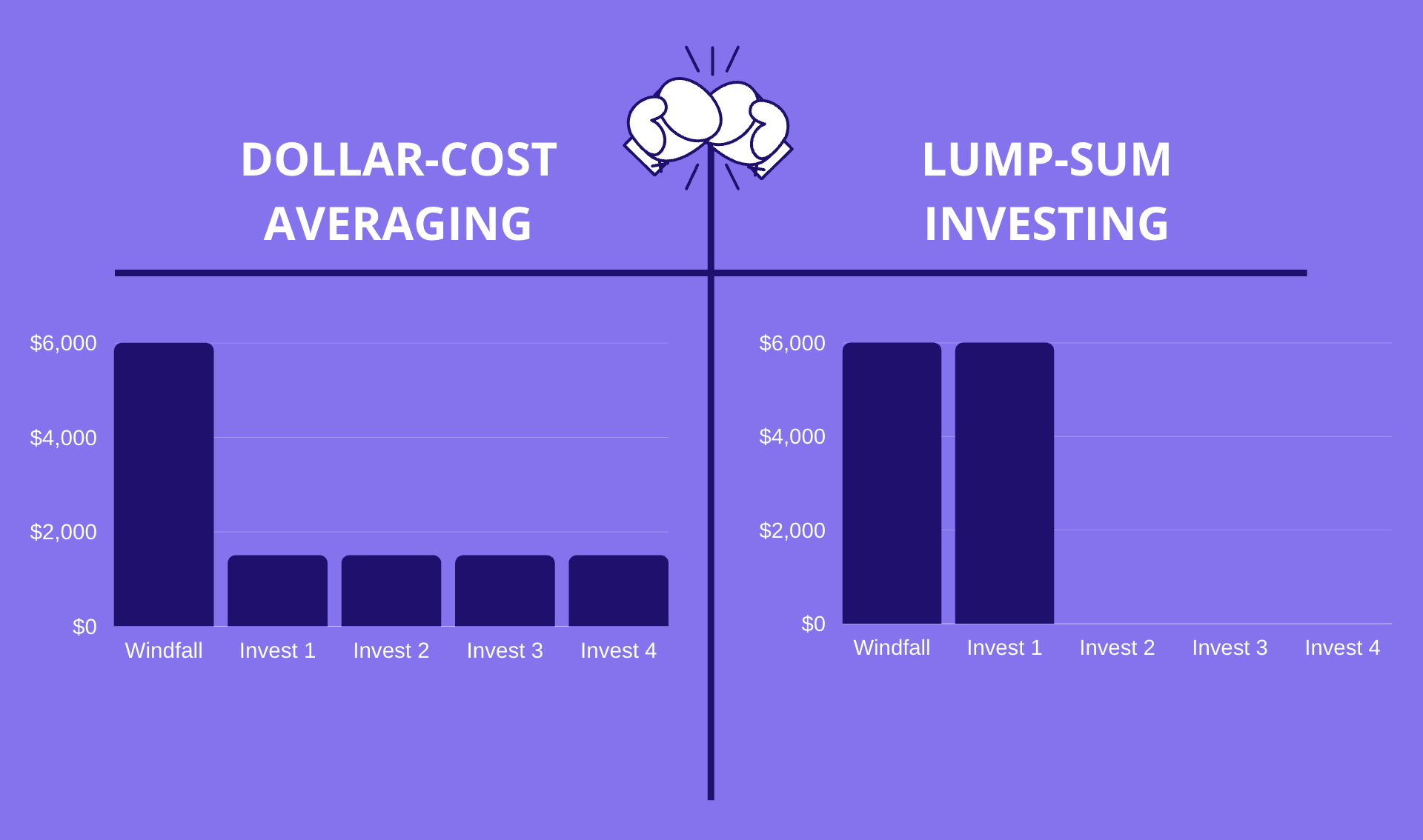Ok so, changing Presidents always has an initial rush of actions typically through executive orders. These orders have the potential to change things in ways you should consider when investing. In all, Biden is expected to sign 15-17 executive orders on his first day in office. By knowing what they are beforehand you can use that knowledge to make more informed decisions for these next four years.
On the Pandemic, COVID-19
- Biden will first launch a “100 Days Masking Challenge,” asking Americans to cover their faces as much as possible and issuing an executive order requiring social distancing and mask-wearing in federal buildings, on federal land and by all federal employees.
- Biden will end Trump’s effort to withdraw from WHO, making Anthony Fauci the top delegate to the international agency. Fauci will deliver remarks to WHO on Thursday, January 21, 2021.
- Biden will sign an executive order bringing a coronavirus task force inside the White House and creating a position of COVID-19 Response Coordinator who will report directly to him.
On the Economy
- Biden will extend a federal eviction and foreclosure moratorium until the end of March, while petitioning Congress to extend rental assistance to those in need.
- Biden will also ask the Department of Education to extend the pause on interest and principal payments on student loans until September 2021 (so you have until October to focus paying off debt, building up emergency funds, etc.).
On the Environment
- Biden plans to sign the paperwork to reenter the U.S. into the Paris Agreement, which should become official in 30 days time.
- Another sweeping order will direct all executive departments and agencies to begin reviewing all federal regulations and executive actions from the past four years to root out those viewed as “harmful to public health, damaging to the environment, unsupported by the best available science, or otherwise not in the national interest.”
- The agencies will consider new fuel emissions and building efficiency standards, and will revoke or replace any of Trump’s presidential actions that “do not serve the U.S. national interest,” including the presidential permit Trump granted to build the Keystone XL pipeline.
On Racial Justice
- Biden will sign an executive order “embedding equity across federal policymaking and rooting out systemic racism and other barriers to opportunity from federal programs and institutions.” That order will require federal agencies to “undertake a baseline review of the state of equity” under their purview and to provide more opportunities and engagement with people of color.
- The order will also rescind the Trump administration’s 1776 Commission, which Trump said was developed to deliver a “patriotic education” in response to the growing focus on systemic racism in America. A Trump order that limited the ability for government agencies to conduct diversity training will also be revoked.
On Immigration
- Biden will rescind Trump’s order limiting immigration from predominantly Muslim countries.
- The U.S. will begin accepting new applications under the Deferred Action for Childhood Arrivals (DACA). The order will also focus on creating a path towards a permanent status/citizenship.
- Biden revokes a Trump order that excludes non citizens from the census count.
- Biden eliminates the emergency declaration that was used to divert funding to the construction of a border wall.
From those actions we see several sectors that will be directly impacted in meaningful ways. Specifically the broader energy sector. Speculation on action has gotten this sector pretty far, let’s see what the real thing does. – Todd Carlisle








